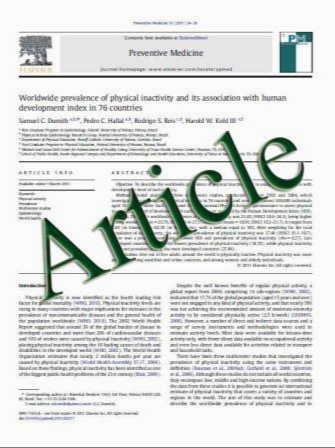Relative Outcome Measures for Bariatric Surgery. Evidence Against Excess Weight Loss and Excess Body Mass Index Loss from a Series of Laparoscopic Roux-en-Y Gastric Bypass Patients
- نوع فایل : کتاب
- زبان : انگلیسی
- مؤلف : Arnold van de Laar & Laura de Caluwé & Bruno Dillemans
- چاپ و سال / کشور: 2011
Description
Background Bariatric results expressed in the relative measure excess weight loss (%EWL) vary significantly by initial body mass index (BMI): the heavier the patient, the lower the %EWL. We examine if this variation is caused by using a wrong outcome measure and argue that no relative weight loss measure can express bariatric or metabolic goals unequivocally. Methods Nadir weight loss results after laparoscopic gastric bypass in 168 women with initial BMI .35 to <60 kg/m2 are calculated for %EWL and 61 different relative measures using the formula 100%پ~(initial BMI.nadir BMI)/ (initial BMI.a), with a ranging from .30 to +30. Standard deviations are compared mutually and with those reported in the literature. For each relative measure, the significance of any variation by initial BMI is determined with the Mann.Whitney U test. Results Mean initial BMI was 44.9پ}6.7 (35.0.59.7)kg/m2. Mean nadir BMI was 28.8پ}5.8 (18.5.44.4)kg/m2. Mean nadir excess BMI loss (%EBL; a=25) was 87.0پ}28.0 (19.4.155.1)%. Mean nadir (total) weight loss (%TWL; a=0) was 35.9پ}8.5 (9.5.57.1)%. Mean nadir %EWL was 77.3پ} 22.8 (17.7.135.2)%. The smallest variation coefficient was 23.7% at a ranging from .1 to +3, including %TWL (a=0). This is lower than variation coefficients of %EWL results in our series and in the literature. Variation by initial BMI is significant using relative measures with a.3, including % EBL and%EWL(both p<0.0001) and not significant with a<3, including %TWL (p=0.13). Conclusions In contrast to their widespread use, %EBL and %EWL are not suited for comparing different patients or nonrandomized groups. They cause variation by initial BMI, which disappears using %TWL. In general, absolute terms should be preferred for bariatric outcome and goals. The power of bariatric procedures is best represented by their mean %TWL value.
OBES SURG (2011) 21:763–767 DOI 10.1007/s11695-010-0347-0 Published online: 1 January 2011


